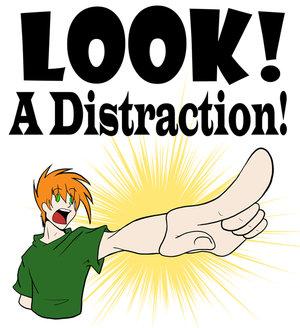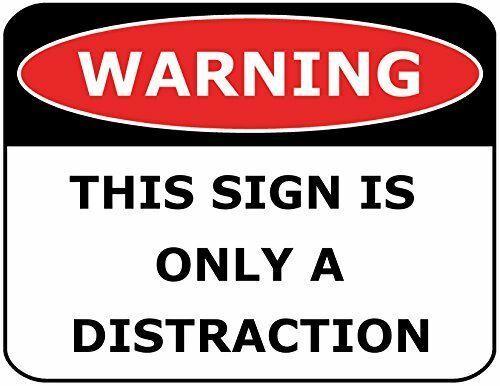Distractions that divert attention from driving increase your risk of crashing. Recent research suggests that at least 14 per cent of all crashes involve the driver being distracted by something inside or outside the vehicle. As many as one in ten fatalities have been directly attributed to driver distraction. Yet even though surveys have indicated that 98 per cent of people believe that using a mobile phone while driving, for example, is very dangerous, 28 per cent of people admit to doing it themselves.
Sources of distractions that lead to crashes
Distractions from outside the vehicle account for about 30 per cent of the distractions that lead to crashes. And distractions from within vehicles account for up to about 36 per cent (the remaining 34 per cent is unknown). Typically, the two biggest distractions inside the vehicle are other passengers and adjusting the sound system.

Passengers and crash risk
Passengers can have quite an influence on your driving. Young drivers have a higher crash risk when travelling with passengers of much the same age than when travelling alone. For parents, distractions can come from trying to attend to young children in the back seat of the car when driving. However, regardless of the driver’s age, the fact remains that any distraction that takes away your attention from the driving task significantly increases your chances of becoming involved in a crash. When you are distracted or your attention is divided, you are more likely to make mistakes. This means that you should avoid or minimise distractions when you drive, particularly when you are engaged in complex driving actions.

Reducing distractions means reducing crash risk
While you can’t do much about distractions from outside your vehicle when you're driving, you can reduce sources of distraction inside your car. This will help reduce your crash risk. Unfortunately, while modern cars have many new active and passive safety devices, they are also increasingly becoming the source of significant internal distractions. However, doing simple things like:
Fitting your car with a hands-free mobile phone car kit. This can help if you must take calls while driving. However, it would be much better to find a safe place to stop and take a call so that you are not distracted in any way when driving. Research has shown that using a hands-free mobile phone can also be a dangerous distraction, particularly in complex traffic situations. Note: Learner, P1 and P2 drivers and provisional riders are banned from using phones in any way, including using hands-free. You must not use any function of a mobile phone while driving or riding. This includes phones in the hands-free mode or with the loudspeaker operating, or sending text messages.
- Ensure mobile devices including GPS units are properly mounted in a cradle
- Only enter text into a device, i.e. GPS, mobile phone etc., when you are stopped in a safe location
- Turning off the radio or stereo, particularly in new or challenging traffic situations
- Collecting loose items inside the vehicle and putting them in a bag or box or in the boot
- Telling passengers to avoid distracting you.
- Note: P1 drivers under the age of 25 must not drive between the hours of 11pm and 5am with more than one passenger under the age of 21. P1 riders are prohibited from carrying a pillion passenger. (Roads and Maritime can grant an exemption from peer passenger restrictions if exceptional circumstances are demonstrated).
50 Causes of Distracted Driving - brownandcrouppen.com/50-causes-of-distracted-driving/
Driving distractions